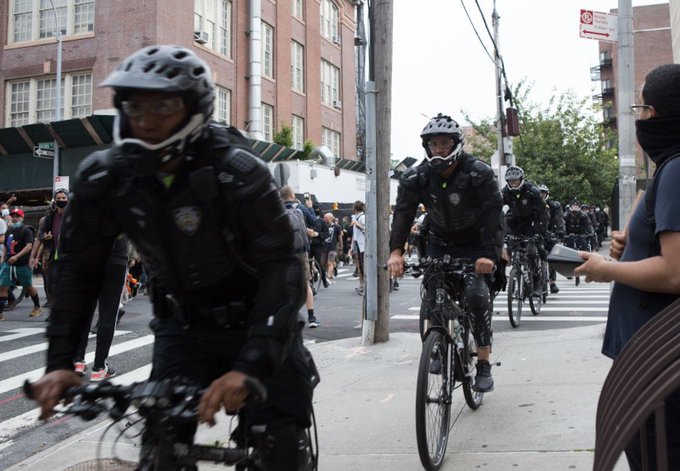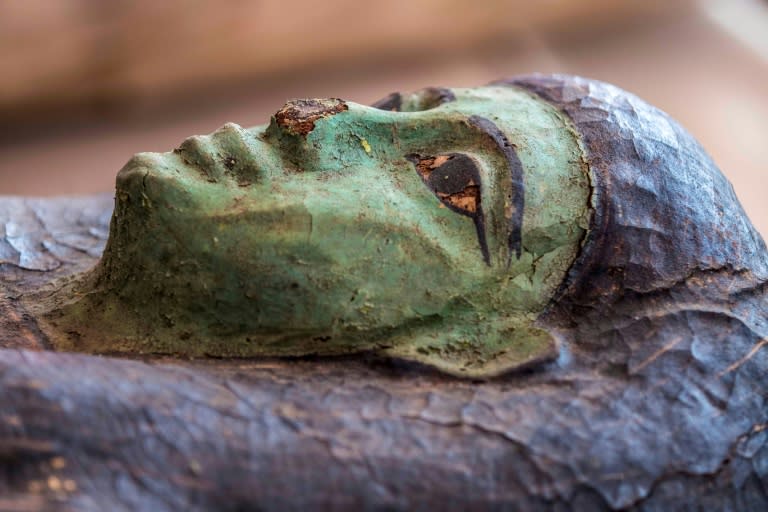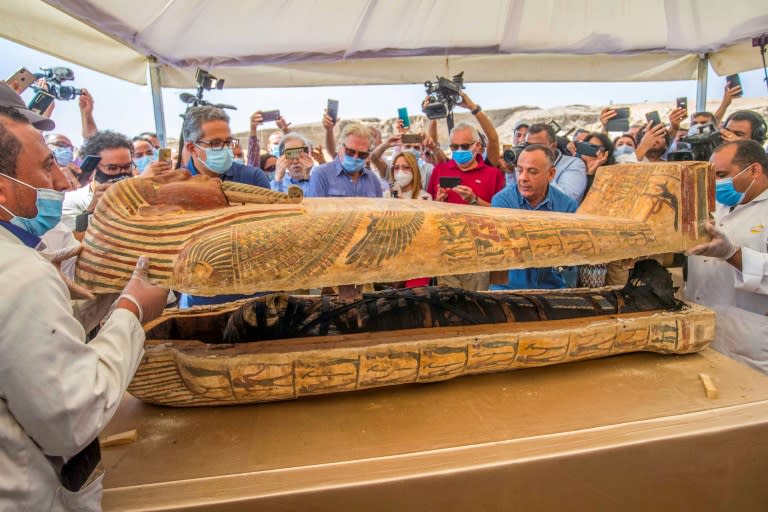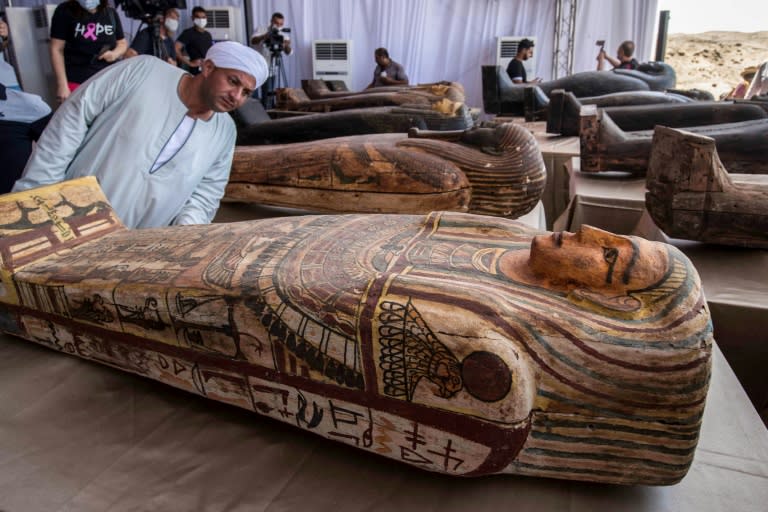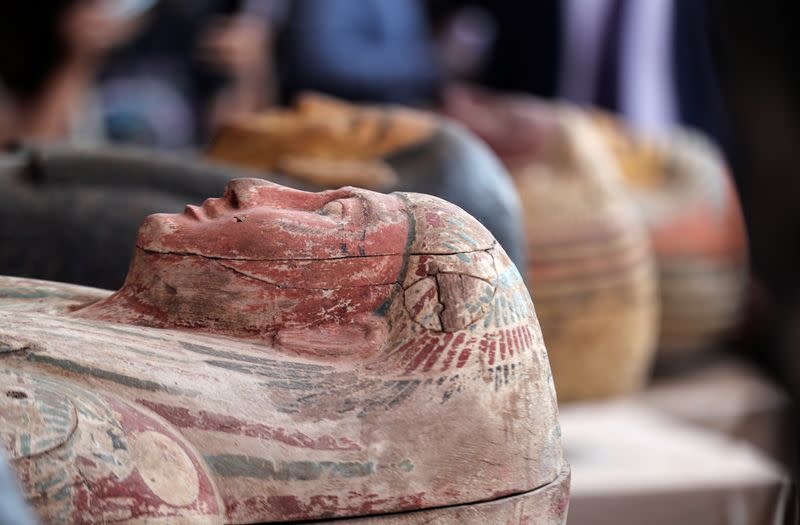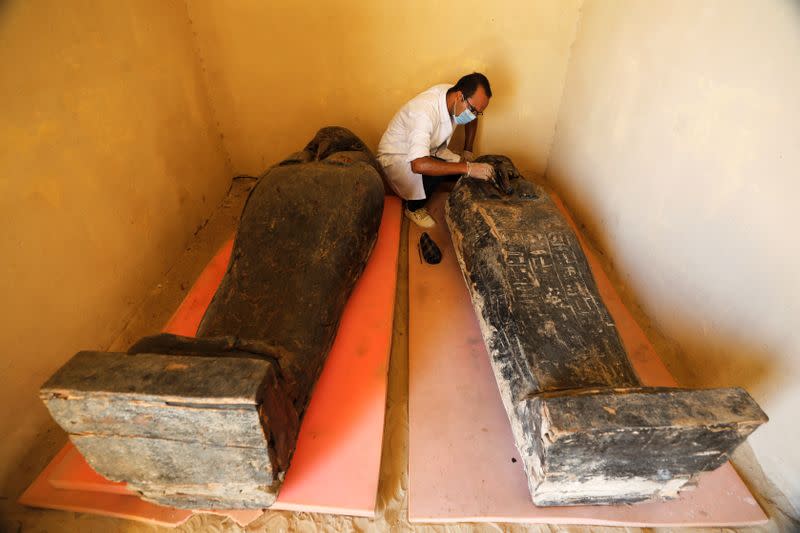Melissa Chan, Time•September 30, 2020

Demonstrators after being detained by police officers during a protest against the death of George Floyd in Mott Haven, the Bronx, on June 4, 2020 Credit - Gabriela Bhaskar—The New York Times/Redux
Dr. Mike Pappas was marching through the Mott Haven neighborhood of the Bronx with hundreds of peaceful Black Lives Matter protesters on June 4 when he noticed a shift in behavior among the dozens of police officers who had been trailing them for the last hour.
About 10 minutes before the start of an 8 p.m. citywide curfew, Pappas says a swarm of New York City police officers in riot gear rushed to form a wall at the end of the street. They held bikes against their bodies as barriers to prevent the 300 protesters from moving forward, while another line of officers closed in on them from behind.
“We had nowhere else to go,” Pappas says. “People started to realize they were trapped.”
Panic set in as police began pushing the protesters back and arresting them en masse. Some officers got on top of police cars and swung their batons downward as penned-in protesters crashed into each other and tried jumping over one another in an attempt to escape, according to Pappas and footage captured by several other witnesses.
“It was a purposeful trap,” Pappas says.
On Wednesday, Human Rights Watch (HRW) released a report claiming the NYPD had planned the June 4 assault and mass arrests of the demonstrators in Mott Haven, a predominantly Black and Latino neighborhood of the city. More complaints about use of force by police have been made in the neighborhood’s precinct than in any of the city’s other 76 precincts, HRW says. After interviewing 81 protesters and analyzing 155 videos, the global advocacy group said the crackdown was among the most aggressive police responses to protests in the U.S. since George Floyd’s May 25 death, and that it violated international human rights.
“It came out so clearly through the footage how unjustified and totally unnecessary this was,” says Ida Sawyer, the report’s lead researcher and acting director of HRW’s Crisis and Conflict division. “There was no provocation, no warning.”
Citywide, dozens of protesters testified in June about being shoved, kicked and violently wrangled by police, during a three-day public hearing held online by the New York attorney general. Some displayed cuts and bruises as they told investigators they were kicked in the jaw, thrown against brick walls and pushed off bikes. NYPD Commissioner Dermot Shea testified that hundreds of police officers were injured during the first few nights of protests as some demonstrators looted and threw bottles, bricks, trash cans and rocks at them. Others set fire to police vehicles and attacked precincts.
Despite identifying himself to police as a medic and wearing green scrubs, Pappas, 30, was among the more than 260 people arrested in Mott Haven on June 4. The Bronx District Attorney’s office told TIME all summonses for violating curfew issued that night have been dismissed and any order to appear in court for an arraignment will also be thrown out. “None of this had to happen,” says Pappas, who was arrested for violating curfew.
Nationwide, dozens of people have been beaten with batons, hit by cars, doused in pepper spray and critically wounded by rubber bullets, beanbag rounds and other non-lethal but dangerous weapons. More than 93% of Black Lives Matter protests across the U.S. have been peaceful, according to an analysis of more than 7,750 demonstrations between May 26 and Aug. 22 by the nonprofit Armed Conflict Location & Event Data Project. Yet at least 115 protesters were shot in the head, face and neck with various projectiles, including bullets and tear gas canisters, between May 26 and July 27, according to a report by Physicians for Human Rights. The nonprofit health advocacy group compiled its data from news and medical reports, social media posts and lawsuits.
Advocates warn the Mott Haven crackdown and other instances of alleged police misconduct could cost taxpayers millions of dollars in settlements from lawsuits. During the 2019 fiscal year, New York City taxpayers alone spent $220 million to settle more than 5,800 lawsuits filed against the NYPD, according to the latest data released by the city comptroller. That number could increase exponentially in 2020, a year which has seen the largest sustained mobilization in modern U.S. history. At least 98 Mott Haven protesters and observers have so far filed notice of their intent to sue the city, according to HRW.
“It just seems like an utter waste of a massive amount of resources in addition to, more importantly, the harm done to the protesters,” Sawyer says.

